This Cuban food post was originally written by Claudia at My Adventures Across the World. I’ve added some additional detail based on spending the last 2 years in Havana.
When I visited Cuba, I was positively surprised by the quality of the food there.
I usually ate at paladares (privately owned restaurants) rather than State owned ones, as the food was always fresher and more interesting.
The average price of a meal in a paladar is $3-15 USD depending where you go. Tourist areas are obviously more pricey.
Prices can be more expensive in the most touristic locations such as Trinidad, Cayo Coco or at Varadero restaurants.
In any case, the portions are always so big that meals can be easily shared.
The most typical Cuban food is the comida criolla. This is a dish made up of various ingredients.
There always is a protein source (it can be fish, seafood, pork, chicken and sometimes beef), a salad, fried plantains and rice and beans.
Cubans eat lots of rice so expect it at every meal.
Traditional Cuban Food
Tamales
Similar to the Mexican tamales, but in Cuba the meat is actually mixed with the dough and not used as a filling.
Medianoche
Literally meaning “midnight”, it is a sandwich usually served in nightclubs in Havana.
This food in Cuba consists of sweet egg bread filled with ham, pork, cheese and pickles.
Pernil Relleno de Moros y Cristianos
This Cuban dish is made more interesting as it is filled with another Cuban dish!
A pork shoulder is marinated in orange juice, garlic, oregano and pepper and then filled with rice and beans and cooked in the oven.
Vaca Frita
Literally translated as “fried cow”, this dish is prepared with beef marinated in lime, garlic and salt and then seared till it becomes almost crispy.
Frita
The frita is the Cuban version of a hamburger. A bun is filled with a patty of mince beef – occasionally mixed with chorizo; topped with french fries.
Shrimp in Coconut Sauce
Typical of Baracoa (Guantanamo Province), considered the gourmet capital of Cuba.
The coconut sauce (locally known as lechita) is prepared with coconut milk, tomato paste, garlic and a mixture of spices and is generally poured over shrimps, octopus or even lobster.
Cuban Recipes
Arroz Con Pollo (Rice with Chicken)
The Cuban version of paella, but without the seafood.
Lechon Asado
A milk piglet is cooked whole on a spit, until the skin is crispy. It is often served a spicy Cuban marinade called mojo.
Cuban Coffee
Pulpeta
This is the Cuban equivalent to meatloaf. It is a mix of mince meat which is well seasoned and ham, with hard boiled eggs put inside, that is however not cooked in the oven but on the stove.
Tamal en Cazuela
A dish made of ground corn cooked with meat and spices and served directly from the pot. It is called tamales when it is served in the husk.
Costillitas
Baby back ribs which are marinated and served with a mix of sour orange juice, lime juice, oregano, garlic, and olive oil.
They taste sweet and tangy at the same time and are simply delicious.
Roast Chicken
This meal would hardly catch anybody attention, but it is a local specialty in Trinidad.
It actually is a pot roast chicken, slowly cooked to perfection in a thick sauce with tomatoes and onions, giving it a sweet yet spicy flavour.
Lomo Ahumado
Pork fillet that is slowly smoked until the meat becomes full of flavour yet juicy.
Ropa Vieja
Ropa vieja is the national dish of Cuba. It’s somewhat amusing as it can be difficult to find beef in Cuba, as much of it goes to the resorts and tourist restaurants.
Ropa Vieja means old clothes but this popular food in Cuba is a stew with beef chunks slowly cooked till they shred, together with tomatoes and onions.
Cuban Drinks
Filete Uruguayo
A pork chop is filled with ham and cheese, then passed in beaten eggs and breadcrumbs and fried.
The result is a heavy perfection.
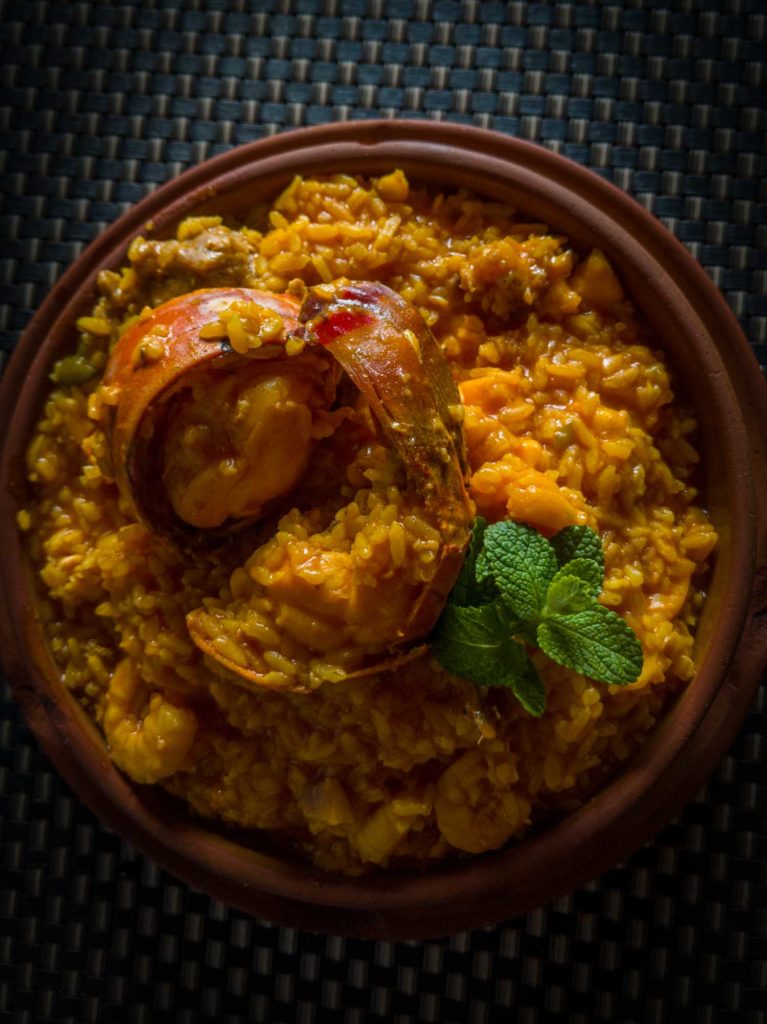
Paella
The Cuban version of the traditional Spanish dish includes ham, chicken, mussels, chorizo, shrimp, scallops, and lobster.
Ajiaco
This stew contains a little bit of everything: potatoes, pumpkin, malanga (a vegetable similar to topinambur), plantain, corn, meat, tomato paste, spices, beers, lemon juice and pretty much any other ingredient available.
Chicharrones
Crispy fried pork rinds. This Cuban food should not be missed!
Wifi Internet in Cuba
Picadillo Cua Cua
The Cuban version of hash and eggs, it is usually served with rice and includes beef hash, eggs, and plantains.
Croquetas
Delicious battered and fried balls of cheese stuffed with bits of ham.
Pizza
One would hardly think of Cuba food when thinking of pizza. However, even an Italian like me can enjoy a take away pizza from one of the “holes in wall.”
Pizzas are cooked in small charcoal ovens and served really hot, and they cost less than $1 USD.
Vegetarian Cuban Cuisine
It may appear that Cuba is a meat and potatoes…or rather rice…kind of country.
But meat can be quite expensive and so there are lots of vegetarian food options in Cuba.
Hearty and filling, ask how the vegetables have been cooked as it’s common for yucca and other root vegetables to be cooked in pork fat.
Corn on the Cob
Cuban version of corn on the cob consists in grilling the cob, rolling it in cotija cheese, sprinkling it with chili powder and pouring some drops of lime juice.
Malanga Fritters
Malanga (similar to yam and potatoes in texture and flavour) is grated and battered and then fried till crispy and delicious.
Congrí
Also called moros y cristianos, congrí accompanies any real comida criolla.
This Cuban food is literally is white rice and black beans cooked in garlic, oil and other spices.
Yuca fingers
Large chunks of yuca fried in oil.
Tostones
Found all across the Caribbean countries (although with different names), these are plantains thickly cut, fried, then pressed and refried.
Maduros
Ripe plantain that are slowly cooked in oil till they become caramelized: they are soft, sticky, juicy and delicious.
Huevo Habaneros
Eggs cooked over a sofrito – a slightly fried mixture of tomatoes, garlic, peppers and onions. Suitable for vegetarians who eat meat.
Cuban Desserts
Cubans love sweets, there are lots of little bakeries that sell guava and other Cuban fruit based pastries.
If you’re in Havana check out the congreitos across the street from the Capitolio.
They look like little crabs and are full of delicious exotic fruit puree and sold hot for only a few cents each. Just look for the long lines of Cubans.
Churros
The perfect example of street food: dough is fried till it is crispy on the outside and soft on the inside, and sprinkled in sugar.
Flan
This Cuban dessert is similar to the one found in other countries in Latin America.
It is made with condensed milk, evaporated eggs and vanilla cooked together over a delicious caramel.
Cuban Flan
Unlike flan in Mexico and some other countries it does not include cream cheese as it is not readily available in Cuba.
But it makes for a better flan that is creamier and weightier.
Are you ready to have a feast in Cuba now?
Want More Cuba Travel Tips?
A Guide to Cuban Currency
Havana Day Trip – Las Terrazas Cuba
A Beginners Guide to Cuban Coffee

Mastering Cuban Spanish Slang
How to Spend Christmas in Cuba
Images (c) Wally Gobetz, Through a Pin-Hole, Gilberto Lozano, Blog Me Haces Bien, Adam Baker, Rosa Veloso, Arianne Vasquez, elaine huang, Azucarara AB, Sabor a Saveur, A Taste of Savoie












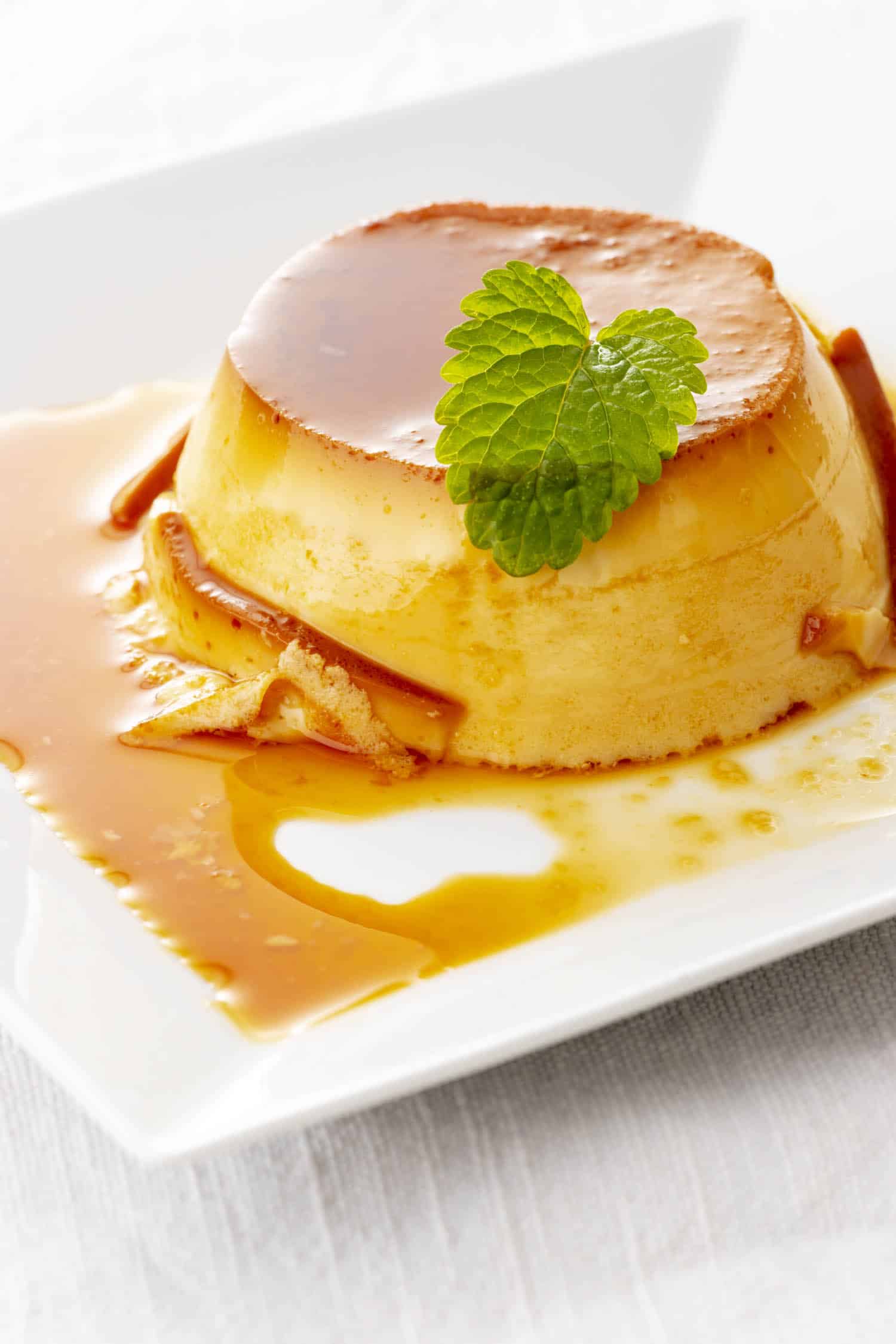
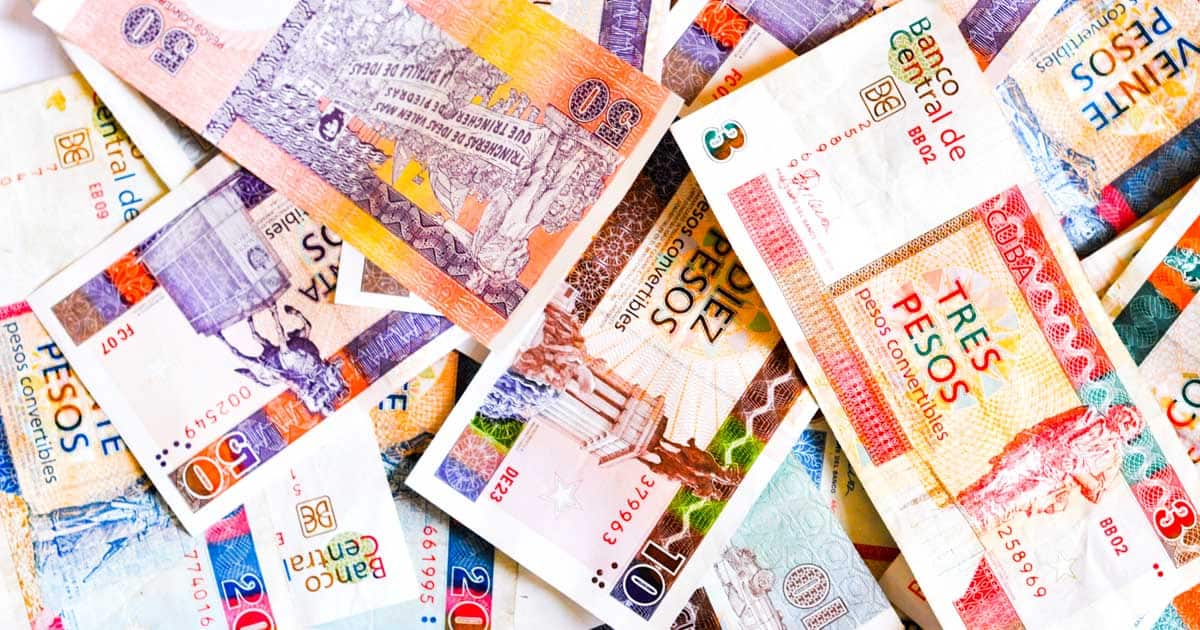
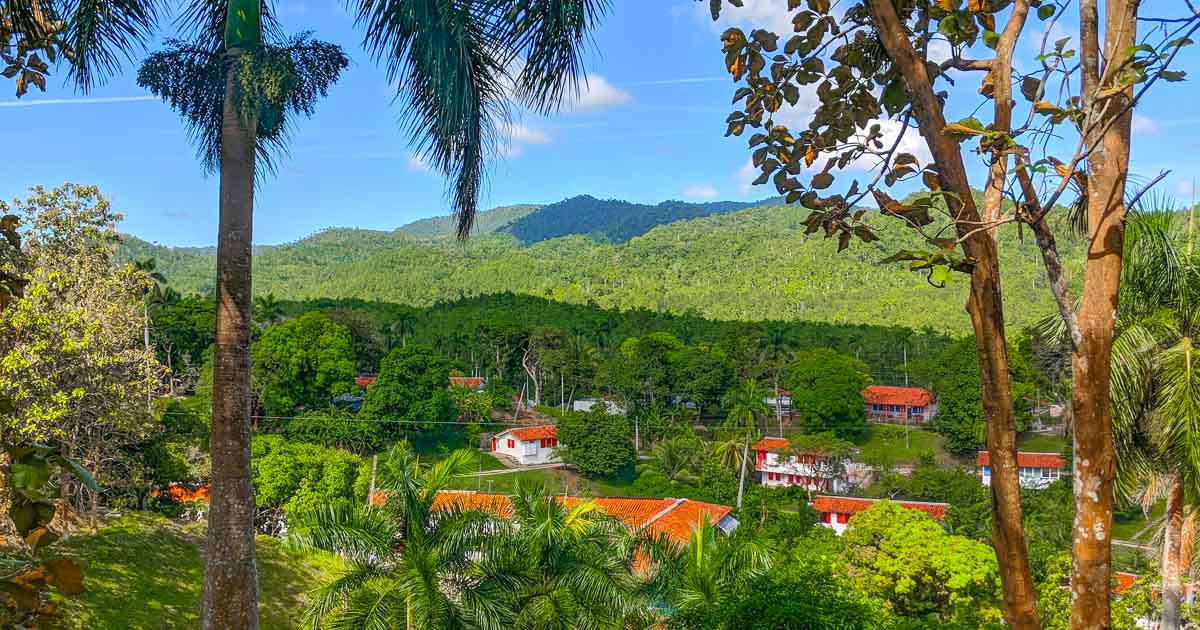
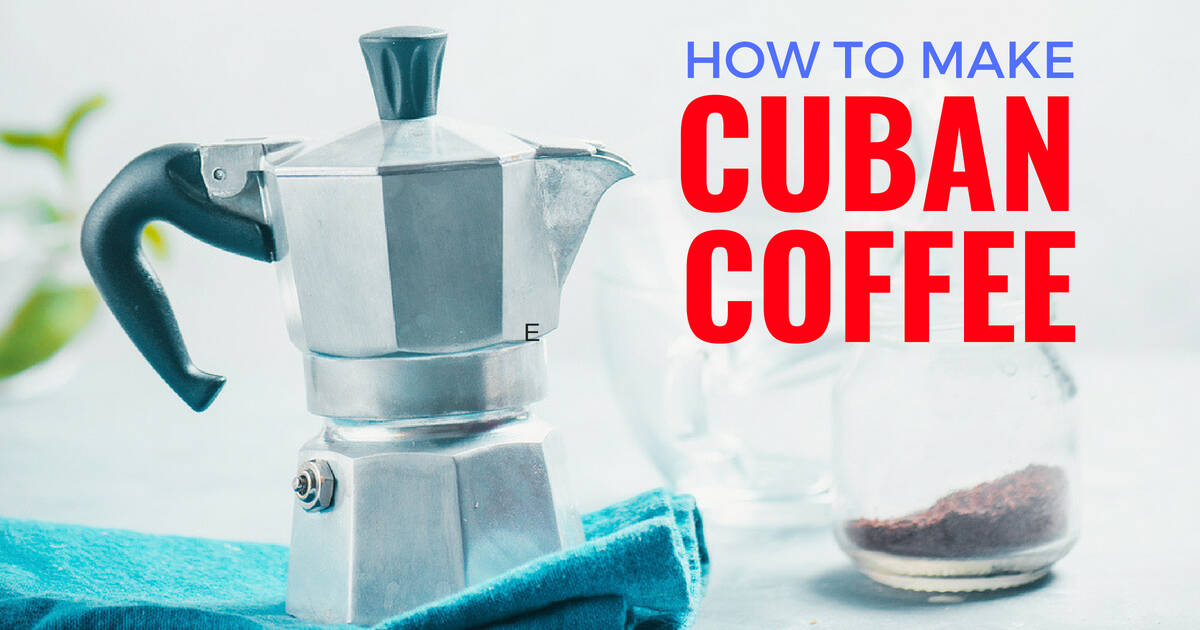
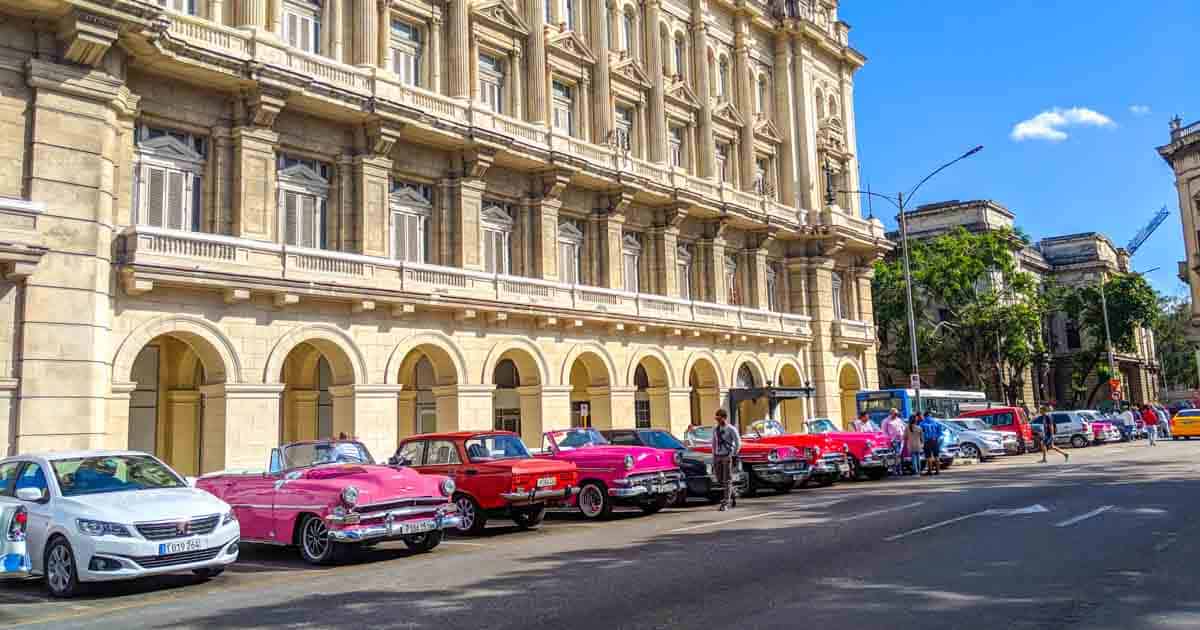

Great list of different foods to try in Cuba. One thing that I wish I got to experience more of in Cuba was Cuban cuisine. Most of my breakfasts were pretty standard: fresh fruit, fresh fruit juice, eggs, bread, and sometimes a meat. My lunches were also pretty standard and the fanciest that I got was Ropa Vieja (which I have to say was pretty darn delicious).
I am Cuban, with spanish, Canary island, and french ancesters from my moms side, and Spanidh, Italian, and African from my dads side. I know about Cuban food and its origins. The taino Indians did not have an influence on Cuban food at all. When the Spanish first arrived in Cuba, as all colonist did, they tried to civilize the indians. These natives were wiped out, and no ancesters exist. Soo, cuban food does not have any indian influence or do cubans have indian ancesters. Cubans are mostly Spaniards, some of them first stopped and lived in the canary islands
Also there is africans, which arrived from the slave trade, and some asians who arrived because there was many jobs available in the plantations. Also in the 1940’s and 1950’s Cuba had a huge population of Italian investors, e.g. Lynski, Capone, Hoffa
In addition, (congri) is a mixture of spices, black beans, and rice.
(Moros y cristianos), is a mix of spices, kidney beans, and rice. It gets its name in reference to the moors who invaded Spain and has a big culinary influence on spainish cooking. Red beans represent the moors red skin, and the rice represents the spaniards white skin.
Hi Rachael
My English is not “looking good”
But I want to let you know that there are some dishes that are native like ; casabe, ajiaco, pero realmente la riqueza de la cociña cubana está en la mescla de culturas.
Rachel I am Cuban, and the Native Indians in Cuba may have been wiped out eventually by the Spaniards, but there is still Cuban Indian in many of us. Both my great grandmothers were indian who were married to Spaniards . One of my great grandfathers was from las Islas Canarias, the other I believe was from Barcelona. There are still many Cubans that have indian features. As for our food there are still plenty of dishes that bare the qualities of Native Cuban Indian. To say Cubans are mostly Spaniards that is a statement that is incorrect. Cubans are a mixture of Cuban Indian, Spaniard and Africanos (El que no tiene de Congo tiene de Carabali). There were many others that came and yes there are Chinos, Italianos, Arabes, Frances … There may not be any pure 100% Native Cuban Indian left (in fact I don’t believe this exist any where in the world any longer), but it is still in our blood! As for our Cuisine, La Cocina Cubana por supuesto que tenemos platos que reflejan nuestras raices Indias! Como dijo el Señor Guillermo, Ajiaco y Tamales to name a couple.
Mayda
Although I agree that some of these recipes are off a bit..I must say Tainos were not completely wiped out and had a huge affect on today’s Cuban food. One example is Aijaco. 100% Taino.
I am Cuban …Taino Cuban..so no we were not completely wiped out
I am Cuban American it is hard to believe that there is so much ignorance in this world I am about 62.5%Spanish 12.5% asian 12. 5%black and12.5% Cuban Indian my people hail from Oriente Cuba and have been Cuban since the early 17 century my great grand father was in the war of 12year and revolutionary war Spanish American he started as o drummer and rose to the rank of captain . He told my ancestors that in Oriente native s serviced and did mix in with the ma
Really easy, there are not any restrictions, you only have to said that your not going like tourist, just find in google the 12 reasons that you might said
We have family bed and breakfast wish my brother and his wife attend in La Boca Beah Trinidad
casaestradatrinidad.com
We already had many Americans visiting.
Saludos
Guillermo
Yum! We have only two Cuban restaurants around here, and these photos and descriptions will have me making a beeline to the closest one.
As if I didn’t already have so many reasons to want to go! These look delicious!
i am also foodie but a veg one but here most of the things are non veg…can u tell some popular veg famous dishes to eat in cuba?
Farming does not pay well in Cuba and it is a lot of hard work since most of it is done without the use of tractors. As a result, there are not a lot of fresh vegetables. At meals we might have a small salad of lettuce, cucumbers, and carrots and a side of yucca, plantains, or black beans. The vegetarians in my tour group had a tough time. There was lots of incredible fresh fruit, though.
Just a comment, Ropa vieja does not literally mean “Old Stuff”. The correct translation is OLD CLOTHES!
You are correct! Ropa does mean clothes. I’ll edit the post. Any other errors we should correct?
Churros, corn on the cob are not cuban food. The croqueta is not a cheese ball. It doesn’t even contain cheese. You can actually google what I just said 🙂
Churros were sold in stands throughout Havana in the 50s and early 60s. They were also sold in cafés along with hot chocolate.
Corn on the cob was not eaten with Cotija cheese nor chili powder…that is a Mexican snack.
Croquetas had different shapes, but mostly were little cylinders. They were made from ham, crab, chicken, codfish, other fish, lobster, beef, and yes, even cheese. The balls were ‘papas rellenas’–deep fried pureed potatoes stuffed with picadillo.
Rabbit, veal, oxtail, pork chops, steak were all popular dishes. Traditional Cuban cooking uses olive oil and cooking wine, plus sofrito–onion, garlic, green pepper (not hot), cumin, oregano, paprika, and sometimes tomato.
Lunch used to the biggest meal of the day like in Spain, Italy, and France. Dessert and espresso always at the end of the meal. I am appalled when people ask for coffee during a meal in a Cuban restaurant.
you should correct many errors. MOJO is never spicy. we don’t eat anything with Chile on it like the picture of the corn. this definitely is nothe an accurate representation of cuban food. especially pictured that look very modern. I don’t know anyone who would put meat in the middle of black beans. I urge you to visit cuban households.
Vanessa, thanks so much for letting us know. I would love to visit Cuban homes to eat as I hear it’s the best place to eat in Cuba.
Ayngelica (I don’t speak English) The article is great to promote cuban cousin, but there are some mistakes, that I think You will correct if you visit the Island
We are hosting our beach house in Trinidad, where you are going to have the best culinary experience of cuban cousin
Find us in
Casaestradatrinidad.com and there is a link to airbnb.
YUM! This all looks incredible!!! xx
The Tamal en cazuela looks like it would be my favorite. Yum!
This is such a complete guide and everything looks so delicious!
I didn’t realise how much cuban food had to offer.
Will definitely be bookmarking this for when I go to Cuba next year!
Incredible list. My mouth has started watering. It seems cuba is a place worth watching
Wow, great list ! really have good souvenirs of the lechon and the ropa vieja in particular. Lobster is also one the best food i had there…
You ate better than I did! I went in 2003 and I ate one decent meal in two weeks. I’m headed back in December and hope to find better options!
The culinary and wonderful, never had the opportunity to visit Cuba more nearby house has a restaurant that does some Cuban foods that are sensational.
I’m going tomorrow, and am looking forward to trying most if not all the things on your awesome list! Thx!!!
What a great list! I bookmarked it for my trip to Cuba in March:-) Looking forward to eating a lot of these dishes, particularly the shrimps in coconut sauce but they all sound delicious… Nomnom!
Let me know if there’s anything you enjoy in March that we missed!
Will do Ayngelina! But your list is pretty thorough;-)
Well thank you but there’s always one more thing to add 🙂
Paella is an amazing dish, especially for sharing with friends. Great overview of these dishes!
Yum, I’ve never had Cuban food, but all this food looks amazing.
Mexican taquerias serve corn on the cob the same way, it’s called Elote.
Hi all, one of our tipical/classical cuban receipes it’s Ropa Vieja a la Cubana, shredded beef with tomato, garlic and onions. If you can visit “la isla” sometime ask for it and try it.
The first of a series of packaged recipes of traditional Cuban cuisine. So if you are in Europe now it’s time to try it!
I travelled to Baracoa last year and had the amazing shrimp in coconut sauce and cannot find the recipe anywhere – can anyone help on this???
To be honest I didn’t go through each comment above but just wanted to mention that Ropa Vieja stands for “old clothe” not old stuff.
Thanks Ralph, I did know the literal translation was clothes but I thought the context was more general. Good to know!
Everything looks delish, but I do have to correct some things. Corn and chiles are not a common Cuban food. Cuban food is never spicy. Also, traditional croquetas do not have cheese in them (I should know, they are my favorite). I see someone already corrected you on the “Ropa Vieja” translation.
I was born and raised in Miami, my father is Cuban, and I grew up with Cuban food. I was so excited to visit Cuba recently and have the authentic Cuban cuisine I grew up having…in its native land…, but was very disappointed. The recipes that had been handed down through generations have been altered dramatically because of the lack of resources in the now communist country, such as beef and certain spices and ingredients. Vaca Frita, real Picadillo, Ropa Vieja are all so hard to come by because of the lack of beef. There is a joke among Cubans that I had heard…”Cuban food is actually better in the states.” Unfortunately, since my travels to Cuba, I now have to agree. If you want real Cuban food, traditional to the Cuba before the Revolution, you need to travel to Miami.
Viki thanks for taking the time to comment, and also for giving me a reason to visit Miami.
I have two boards dedicated to Cuba, one is totally Cuban recipes on Pinterest. The other is a Miami board with mostly Cuban Culture undertones. Check them out! 🙂
This all sounds yummy. I love to try new things. I was in Cuba and never got opportunity to try any of these things. I would agree with the joke”Cuban food is better in the states”. However, to be fair, I did not get to visit a Cuban home.
The people, weather, music and landscapes are lovely. However, I really noticed the heavy hand of Government on the food and wares. Goods were repetitive and did not feel personal to the owner at each market stall, almost manufactured and regulated. The good thing is that the items are different than typical American things and prices were reasonable. Tourists have different money to use than locals, no one would barter.
I really looked forward to experience the ethnicity of tastes and goods and was sorely disappointed. Maybe I just had too high of expectations??
Your webiste was very helpful! I was wondering if you have gone to Germany?
I have only spent an afternoon in Munich. But I am hoping I can return in 2019.
ohhh my goodness. All that food sure does look delicious! I believe there may be some Cuban restaurants in Washington D.C. so now I am inspired to go check them out! Maybe that will hold me over until I can actually go to Cuba one day!
What is in the bowl with the testones, looks really good
There’s no way I can go to Cuba right now but I am still willing to try traditional Cuban food as you listed as being delicious. I was not aware that they also offer vegetarian options as you mentioned but that is a welcome setting to me. If there are any restaurants serrving Cuban deserts as well, that would be great since I am a sweet tooth.
I’ve been to Cuba and a few places influenced by Cuban food. I love using a seasoning that doesn’t give me heart burn and adds that pow in Cuban food. Try substituting your table saw with Mr. Bingham‘s seasoning and you will love it
As if I didn’t already have so many reasons to want to go! These look delicious!
I love it. It looks sooo delicious. For sure I will try all of these dishes. Yummy
I’ve been living in Japan for nearly thirty years and one thing it is definitely known for is its food. But it seems we have nothing like what Cuba has! These dishes look so good!! When I have the time and money I’m going to have to visit there 🙂
Loved this! This is a great summary 🙂 Thanks for sharing!
Most Cuban dishes are of Spanish (from regions like Galicia, Asturias, Catalonia, and the Basque Country), Portuguese, and French origin. There is also some influence from China and West Africa. There is also some influence from Cuba’s aborigines, like the use of corn and animals like the jutía, as well as the boniato. The ‘ajiaco’ is only partially indigenous–it’s the Spaniards and other Europeans that brought over the plantain, the onions, garlic, and meats that go in it. There is debate about whether tamales were brought over to Cuba during colonial times, or if there was another version originating in Cuba. Typically the Cuban is stuffed with pork, which of course was not found on the island before the Europeans arrived with their pigs, chickens, and cattle.